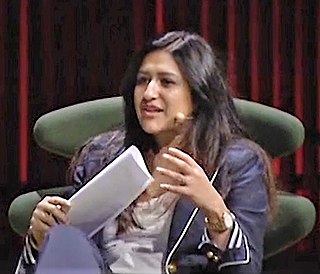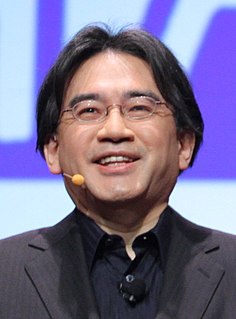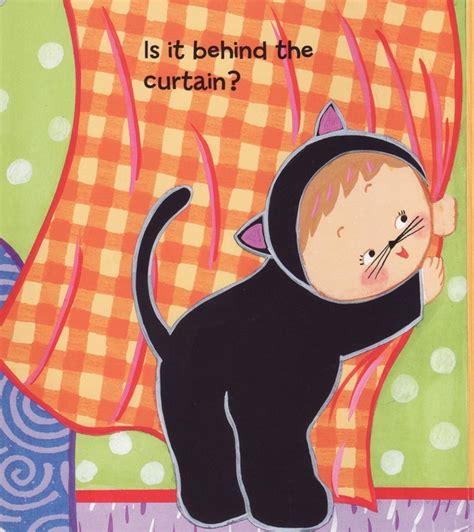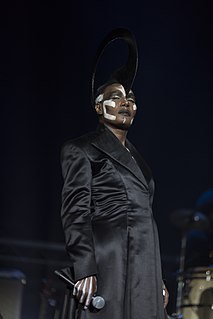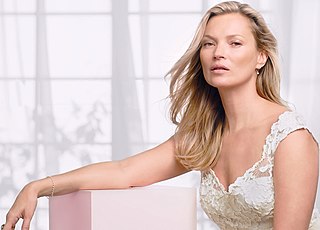A Quote by Priya Sachdev
India now has serious fashion consumers who do not think twice before splurging on an expensive luxury product.
Related Quotes
Most brands that are called luxury brands today are not true luxury brands. The globalization of fashion and luxury means you now find the same luxury brands in every city. The stores look the same, the products are the same. It is still a very good quality product but it is now readily available to everyone. It's a kind of mass luxury.
Consumers will purchase high quality products even if they are expensive, or in other words, even if there are slightly reasonable discount offers, consumers will not purchase products unless they truly understand and are satisfied with the quality. Also, product appeal must be properly communicated to consumers, but advertisements that are pushed on consumers are gradually losing their effect, and we have to take the approach that encourages consumers to retrieve information at their own will.
I told myself that I would not come back to women's fashion until I felt I had something new to say. I feel that fashion has become too serious and that the actual customer's needs have not really been addressed. Fashion needs to make one happy. It is a luxury and should enhance one's quality of life.
When you go to make a purchase, take a look at the product and ask yourself: 'am I being cheated?' If a product from a 'fast fashion' chain is falling apart before you've even bought it, it's not a deal. It's the fast-fashion company trying to get you to buy something that is quick on trend but slow on quality.
Sometimes I feel fashion is not open-minded enough. We need to push the old crowd to believe in what I believe, in the new generation. I remember when I started, my campaigns and and how I connected my love for music with fashion were a tiny bit controversial because they were like, 'How can you bring hip-hop or music into a luxury world?' or 'How you can be so connected to digital and use social media in luxury world?' Now it's changed, obviously, for the best, but I still think that we could push a bit more.
If old consumers were assumed to be passive, then new consumers are active. If old consumers were predictable and stayed where you told them, then new consumers are migratory, showing a declining loyalty to networks or media. If old consumers were isolated individuals, then new consumers are more socially connected. If the work of media consumers was once silent and invisible, then new consumers are now noisy and public.

